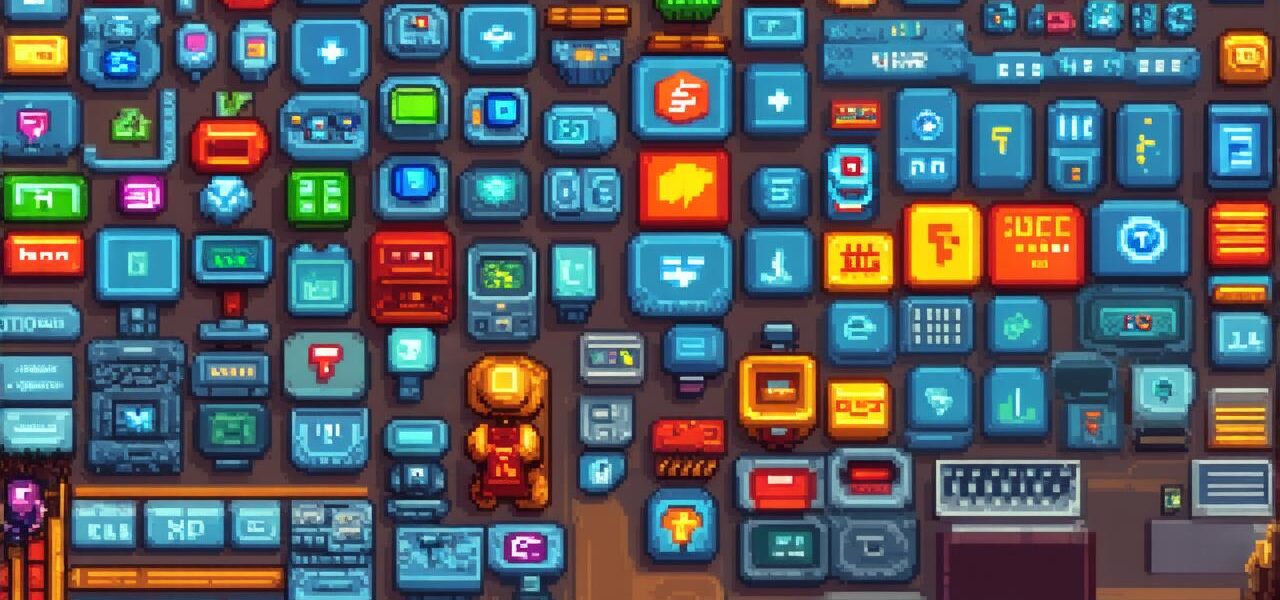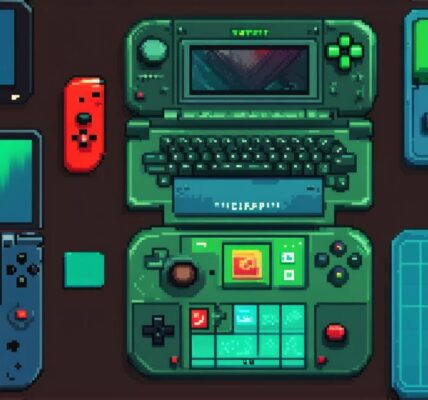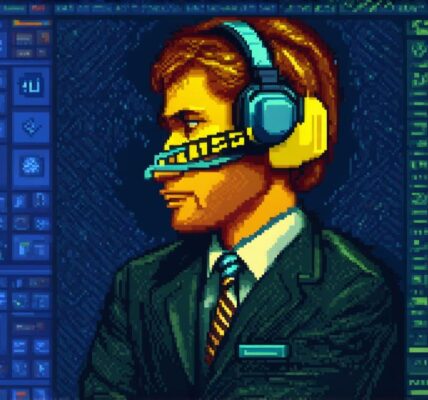Step 1: Define Your Game Concept
The first step in creating a successful game is to define your game concept. This includes deciding on the genre, gameplay mechanics, storyline, and overall theme of your game. It’s important to have a clear idea of what you want your game to be before you start designing it.
To help you define your game concept, ask yourself these questions:
- What genre of game do you want to create (e.g. action, adventure, puzzle, etc.)?
- What gameplay mechanics will make your game unique and engaging?
- What storyline or theme will resonate with your target audience?
Once you’ve answered these questions, you’ll have a solid foundation for your game concept.
Step 2: Design Your Game World
Once you have your game concept, it’s time to start designing your game world. This includes creating the game environment, characters, and objects that will populate your game.
When designing your game world, it’s important to consider the following factors:
- The art style of your game
- The level of detail in your game environment
- The types of characters and objects that will be included in your game
To help you design your game world, ask yourself these questions:
- What art style will best fit your game concept?
- How detailed do you want your game environment to be?
- What types of characters and objects will make your game more engaging?
By answering these questions, you’ll have a clear vision for your game world and the elements that will bring it to life.
Step 3: Create Your Game Mechanics
The mechanics of your game are what make it fun and engaging. This includes everything from movement controls to combat systems to puzzles.
When creating your game mechanics, it’s important to consider the following factors:
- How easy or difficult should your game be?
- What types of challenges will keep players engaged?
- How will your game mechanics fit within the overall theme and art style of your game?
To help you create your game mechanics, ask yourself these questions:
- What types of challenges will make your game fun and engaging for players?
- How will your game mechanics fit within the overall theme and art style of your game?
- What level of difficulty should your game be to keep players engaged?

By answering these questions, you’ll have a solid foundation for your game mechanics and the elements that will make your game fun and engaging.
Step 4: Test Your Game
Once you’ve created your game, it’s time to test it out and see how it performs. This includes testing the mechanics, gameplay, and overall flow of your game to ensure that everything works together seamlessly.
To effectively test your game, consider the following factors:
- What types of bugs or issues might arise during testing?
- How will you gather feedback from players to improve your game?
- What metrics will you use to measure the success of your game (e.g. playtime, engagement rate, etc.)




